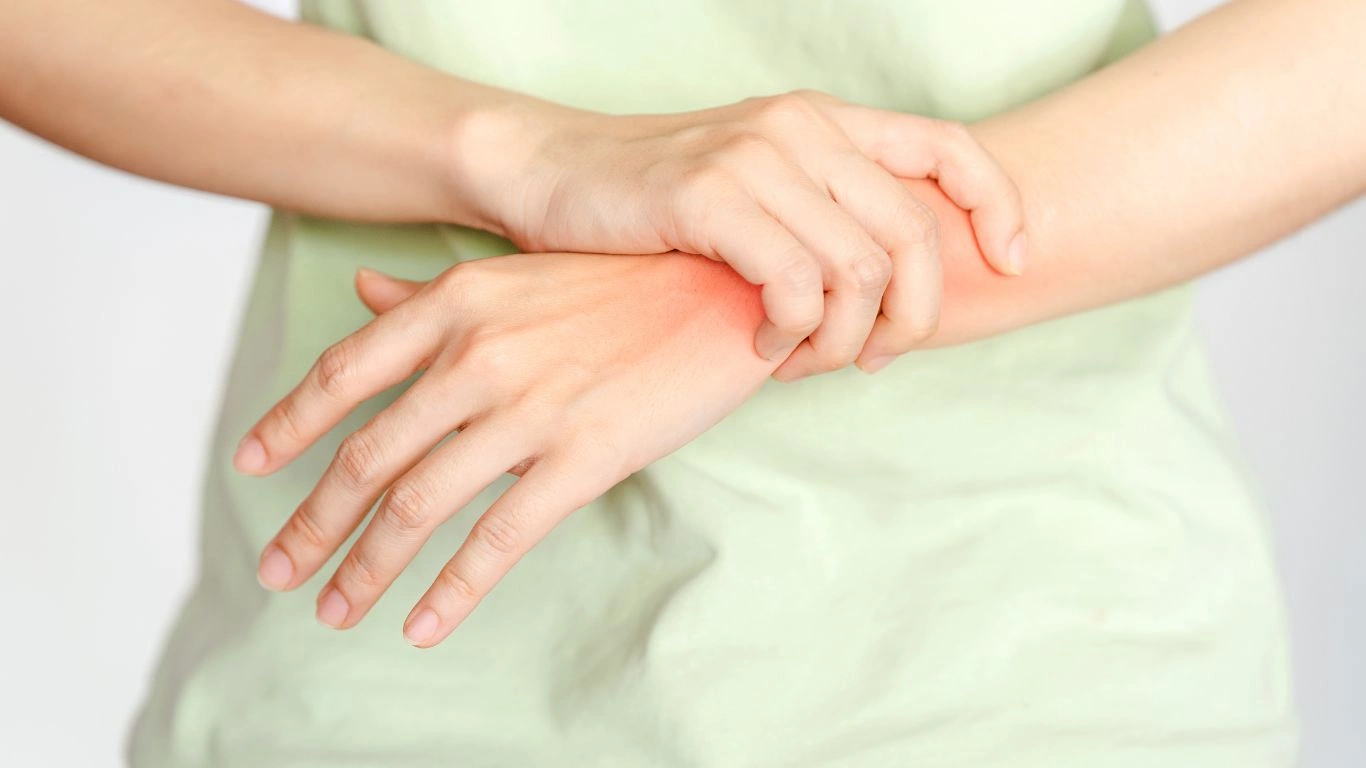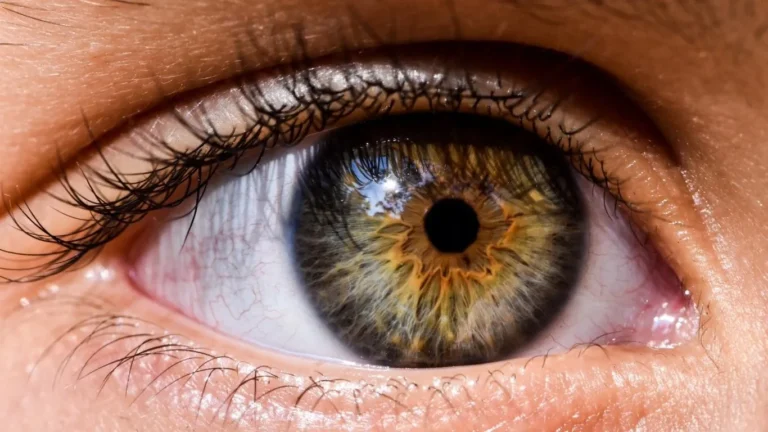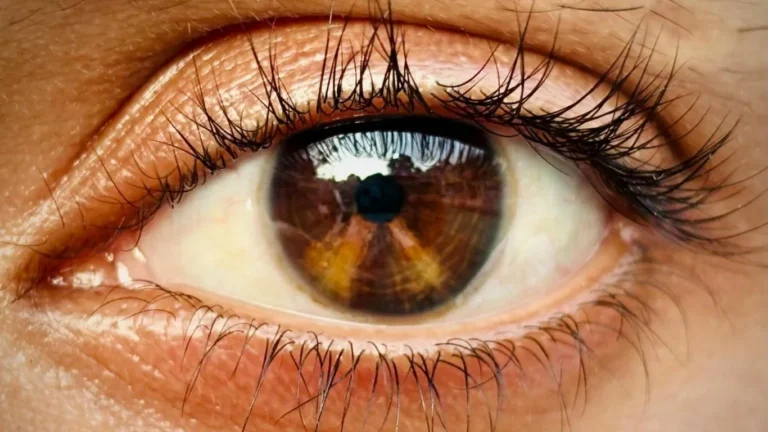Managing Rheumatoid Arthritis and Skin Dryness: Tips for Relief
Living with rheumatoid arthritis and skin dryness can feel like a double whammy. I see this often in my clinic. Patients come in focused on their joint pain, but as we dig deeper, they’ll often say, “Oh, and my skin’s been super dry lately too—could it be related?” Absolutely. As a Rheumatology nurse practitioner, I’ve come to realize that managing RA isn’t just about joints—it’s about the whole body, including our skin, which often gets overlooked.
How Rheumatoid Arthritis Affects More Than Just Your Joints

RA is sneaky—it doesn’t stop at joint inflammation. It’s an autoimmune disease, meaning your immune system goes rogue and starts attacking healthy tissue. That includes the synovium in your joints, sure, but it also affects your skin, eyes, lungs, and even blood vessels. In my day-to-day work, I often spot subtle signs that patients might miss, and skin dryness is a big one.
The skin changes can range from mild dryness and flaking to more severe conditions like nodules or rashes. But dry skin? That’s often the first and most persistent skin symptom. And yet, so many people think it’s just the weather or their soap.
Why Dry Skin Happens in RA
There’s more to it than just coincidence. Several factors linked to RA contribute to dry, uncomfortable skin:
- Chronic inflammation: Ongoing inflammation affects the skin’s natural hydration barrier.
- Medications: Common RA meds like methotrexate and biologics can lead to or worsen dryness.
- Autoimmune overlap: Conditions like Sjögren’s syndrome, which often co-exist with RA, reduce moisture production in the skin and eyes.
I’ve had patients come in thinking they developed eczema out of nowhere—when in reality, it was RA-related dryness combined with medication side effects. This is why a thorough history and open dialogue are so important. Sometimes it just takes asking the right question: “Have you noticed your skin feeling tight or flaky lately?”
Recognizing RA-Related Skin Dryness

Okay, so what does RA-related skin dryness actually look and feel like? Based on what I see in practice and what patients tell me, here are some common clues:
- It’s persistent—even when you moisturize daily.
- It tends to show up on the hands, shins, elbows, and around joints.
- It may be accompanied by itching or tightness.
- In some cases, cracks or peeling may occur, especially during flare-ups or winter months.
Here’s something interesting: many people think they just need a better lotion. And while that’s part of the solution, we also need to look under the hood—what’s happening systemically? That’s where the connection to RA comes in.
Don’t Ignore the Subtle Signs
One of my long-time patients, Leticia, had great control of her joint symptoms thanks to a well-balanced treatment plan. But every time she came in, she’d mention how her hands felt rough and itchy. We talked through her skincare routine and even changed up some of her medications slightly. Within a few weeks, she noticed a huge difference—not just in how her hands felt, but how confident she felt going about her day. These little quality-of-life things matter more than we often give them credit for.
Moisture Matters: How to Support Your Skin When You Have RA

Supporting your skin when living with RA doesn’t have to be complicated. A few thoughtful changes can go a long way. I always tell my patients: treating skin dryness isn’t just cosmetic—it’s part of treating your RA holistically.
Simple Ways to Hydrate and Protect Dry Skin
- Moisturize regularly: Look for fragrance-free creams or ointments (not lotions—they evaporate too quickly).
- Limit hot showers: They strip away natural oils. Lukewarm water is your skin’s friend.
- Use gentle cleansers: Harsh soaps can make dryness worse. Try soap-free or oil-based options.
- Humidifiers help: Especially in winter, they add moisture to dry indoor air.
- Hydration from the inside out: Staying well-hydrated helps your skin function better overall.
I’ve even had folks bring in their favorite creams and ask, “Is this one okay for me?” Honestly, that kind of engagement is gold. It means they’re thinking about their care in a holistic way—and that’s exactly the mindset that helps people thrive with RA.
When to Talk to Your Rheumatologist About Skin Changes

I always say, “Don’t wait until your skin is screaming for help.” If you’re noticing that your dryness is getting worse, or it just won’t go away no matter what you try, it’s time to loop your rheumatology provider in. Sometimes what looks like simple dryness could actually be something more complex like eczema, psoriasis overlap, or even a side effect of medication adjustments.
One of my patients, Harold, brushed off his itchy elbows and flaky scalp for months. He chalked it up to age and dry weather. But when we looked into it, it turned out he had developed psoriatic features alongside his RA. The good news? We were able to pivot his treatment to address both issues—and he felt relief within weeks. That’s the kind of proactive care that makes a real difference.
Key Signs It’s Time to Reach Out
- Sudden increase in skin dryness or itching
- Development of rashes, bumps, or unusual texture changes
- Burning or stinging sensations, especially near joints
- Dryness that cracks, bleeds, or gets infected
Remember, your rheumatologist isn’t just there for joint flares—we want to hear about everything going on with your body. It all connects. I often tell patients, “You know your body best. If something feels off, trust that instinct.”
The Link Between Inflammation and Skin Health

One thing I wish more people understood is just how interconnected inflammation is in the body. With rheumatoid arthritis and skin dryness, the connection is all about inflammation disrupting the skin’s ability to retain moisture. When the immune system is on high alert, skin repair takes a back seat.
Think of it this way: your skin is your first line of defense, like a brick wall. Inflammation weakens the mortar between those bricks, letting moisture escape and irritants sneak in. That’s why many people with RA also report increased skin sensitivity, redness, and even allergic-type reactions they never had before.
I’ve even seen cases where controlling systemic inflammation through meds led to better skin—without adding any new lotions or creams. That’s how powerful reducing inflammation can be.
Medications That Might Impact Your Skin
Here’s a breakdown of some common RA medications and how they may affect your skin:
- Methotrexate: Can lead to dryness and increased sun sensitivity. I always recommend a strong SPF with this one.
- Biologics (like Humira or Enbrel): Sometimes cause rash-like reactions early on or increase risk of skin infections if skin cracks.
- Steroids: These can thin the skin with long-term use, making dryness worse over time.
If you notice your skin changing after a medication change, bring it up. Sometimes it’s just a temporary side effect. Other times, it may mean tweaking your dose or adding a little extra skincare support to your routine.
Home Remedies and Lifestyle Tips That Actually Help

Not everything has to come from a pharmacy. In fact, some of the most effective things I suggest are surprisingly simple and low-cost. Here are a few skin-loving habits that have worked well for my RA patients (and for me too when my hands get dry from constant hand washing at work):
Everyday Tips You Can Start Now
- Layer your moisturizer: Apply it while your skin is still slightly damp after a shower. It locks in that extra moisture.
- Use gloves: When washing dishes or cleaning with harsh chemicals, protect your hands—it makes a bigger difference than you’d think.
- Cut back on alcohol and caffeine: Both can dehydrate you, which your skin really feels.
- Add omega-3s: Fatty acids from fish oil or flaxseed can help support skin health from the inside out.
I’ve had several patients try switching to silk pillowcases or cotton gloves at night with a good moisturizer, and they’ve reported waking up with smoother, less irritated skin. These tweaks may seem small, but when you stack them, they really add up.
Also, don’t underestimate stress. I’ve personally noticed that when I’m running on fumes, my own skin feels more sensitive and reactive. RA already puts your body through enough—managing stress with some quiet time, gentle stretching, or even journaling can have a calming effect that shows up on your skin too.
What to Avoid When Dealing with RA Skin Dryness
Some common habits might actually be sabotaging your skin without you realizing it. Based on what I’ve seen in practice, try to steer clear of:
- Fragranced skincare products: They can be irritating even if they smell nice.
- Excessive exfoliation: That scrub might feel good at first but can worsen inflammation and dryness.
- Skipping moisturizer: Even oily or “normal” skin types with RA need that protective layer.
If you’re experimenting with a new skincare routine, jot things down or snap before-and-after photos. That way, if something works (or doesn’t), you and your healthcare provider have a solid reference point. I’ve seen this kind of tracking help folks pinpoint exactly what’s making a difference in their routine.
When to Seek Specialist Help for Rheumatoid Arthritis and Skin Dryness
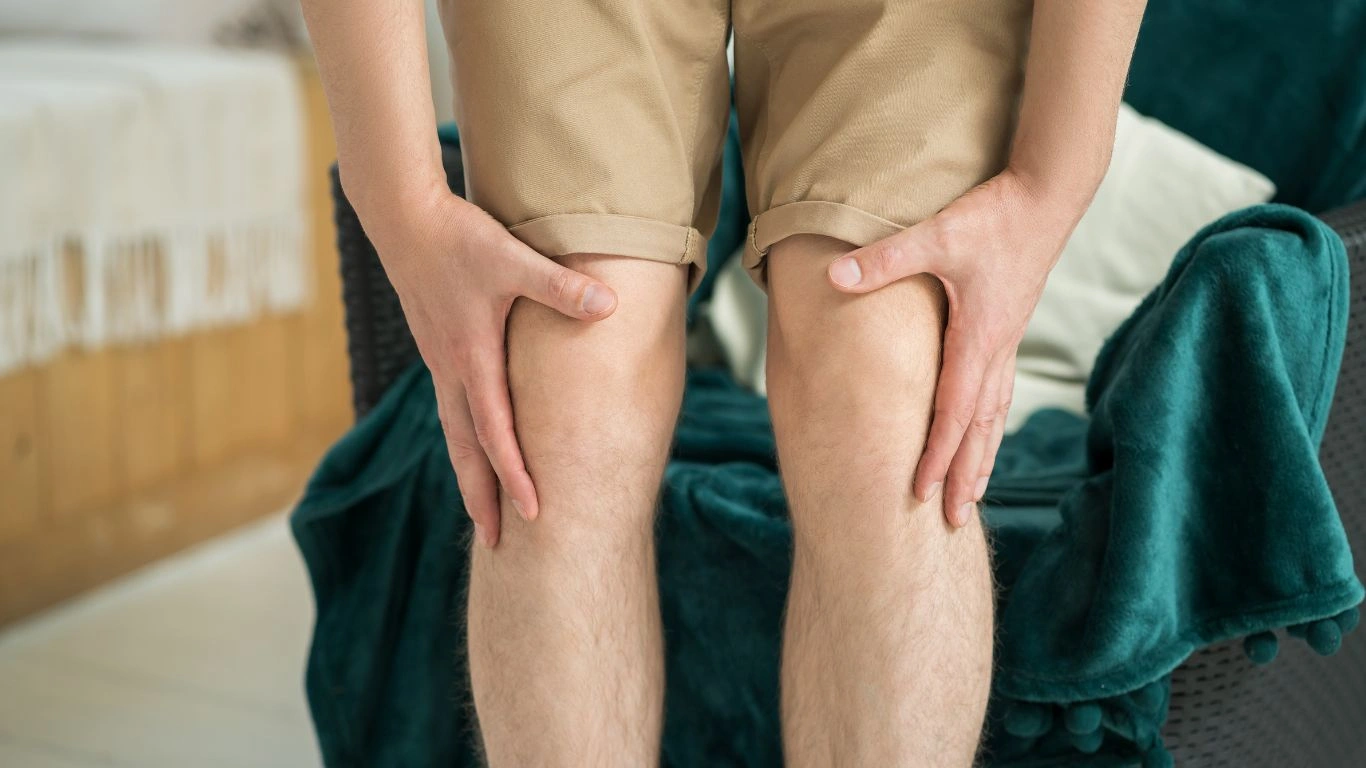
By this point, you might be wondering, “Okay, I’ve tried moisturizing, changed my routine, and talked to my rheumatologist, but my skin dryness still isn’t getting better.” That’s totally valid, and it happens more often than you’d think. Sometimes RA-related skin issues need a closer look, and that’s where a dermatologist who understands autoimmune conditions can be a game changer.
In my years working with patients, I’ve seen a lot of success stories when rheumatology and dermatology teams work together. When skin dryness turns into stubborn rashes, nodules, or persistent irritation, having that extra layer of expertise helps. You might even need a biopsy or specialized skin treatments that only a dermatologist can provide.
One patient I remember well, Rosa, had chronic dryness that was eventually diagnosed as cutaneous lupus—a condition that can overlap with RA. Thanks to timely referral and coordinated care, she got on the right treatment and her skin improved significantly. It’s a reminder that skin dryness in RA isn’t always “just dry skin.”
Questions to Ask Your Specialists
- Could my medications be contributing to my skin dryness?
- Are there any prescription treatments or topical therapies that could help?
- What skin care products or ingredients should I avoid?
- How can I protect my skin during RA flare-ups?
Don’t hesitate to keep an open dialogue. The more you share about your symptoms and experiences, the better the team can tailor care specifically to you.
How Lifestyle and Diet Impact Your Skin and RA Symptoms
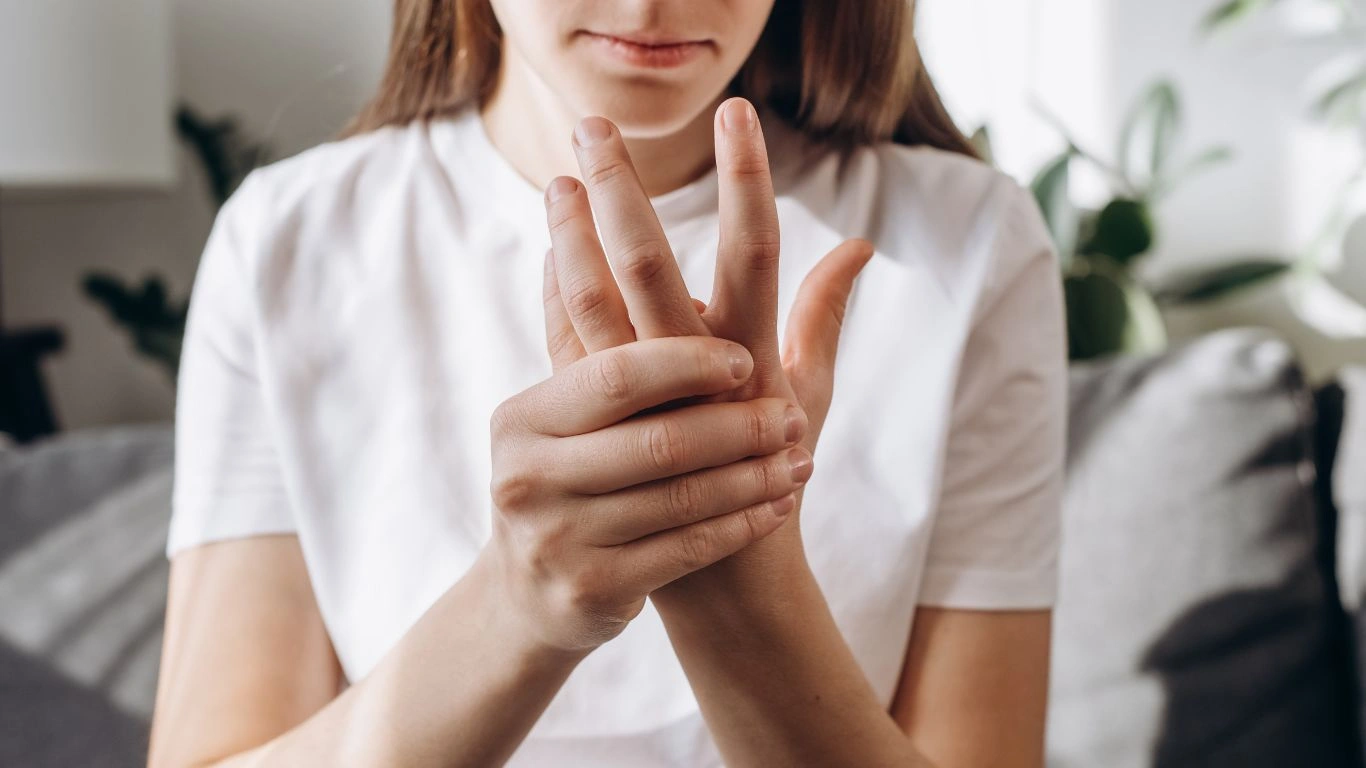
In my practice, I’ve learned that medication and medical care are only pieces of the puzzle. Lifestyle factors play a huge role in how your skin feels and how well your RA symptoms stay in check. When you care for your body holistically, skin dryness and joint pain both can improve.
Diet Tips That Nourish Your Skin and Joints
While there’s no one-size-fits-all RA diet, some nutrients are especially helpful for skin hydration and controlling inflammation:
- Omega-3 fatty acids: Found in fatty fish like salmon and walnuts, they help reduce inflammation and support skin health.
- Vitamin E: This antioxidant protects skin cells from damage. Nuts, seeds, and green leafy veggies are great sources.
- Hydrating fruits and veggies: Cucumbers, watermelon, and oranges pack water and vitamins to keep your skin plump and happy.
- Zinc: Important for skin healing and immune function. Think pumpkin seeds, chickpeas, and beef.
Remember, staying hydrated with plenty of water is equally critical. Drinking enough fluids helps your body maintain moisture balance and can ease that dry, tight skin feeling.
Other Lifestyle Factors to Consider
- Regular gentle exercise: It boosts circulation, which can help nourish your skin and joints.
- Stress management: Chronic stress worsens inflammation and skin issues. Mindfulness, yoga, or even a walk outside can help calm your system.
- Quality sleep: Your skin and immune system regenerate while you rest, so prioritize good sleep hygiene.
I’ve shared these lifestyle tips with countless patients, and the ones who adopt even a few usually report feeling better overall—not just their skin. It’s all connected, and your efforts will pay off.
Wrapping Up: Your Skin and RA Journey Are Unique
Living with rheumatoid arthritis and skin dryness isn’t just about battling symptoms; it’s about embracing a comprehensive approach to wellness. From my experience as a Rheumatology nurse practitioner, the key is understanding that your skin tells a story about what’s happening inside your body. When you listen and respond with thoughtful care—be it medication, skincare, or lifestyle adjustments—you empower yourself to feel better in your own skin.
So, if your RA skin dryness is bugging you, remember: you’re not alone, and there are ways to manage it. Keep the conversation open with your healthcare team, stay curious about your body’s signals, and don’t hesitate to ask for help when you need it.
References
Disclaimer
This article is intended for informational purposes only and does not substitute professional medical advice, diagnosis, or treatment. Always consult with your healthcare provider regarding any medical condition or before making changes to your treatment plan.

Tarra Nugroho is a dedicated Nurse Practitioner with a strong foundation in family and preventive care. She brings both compassion and clinical expertise to her practice, focusing on patient-centered care and health education. As a contributor to Healthusias.com, Tarra translates medical knowledge into clear, empowering articles on topics like women’s health, chronic disease management, and lifestyle medicine. Her mission is simple: help people feel seen, heard, and informed—both in the clinic and through the content she creates. When she’s not caring for patients, Tarra enjoys weekend hikes, plant-based cooking, and curling up with a good health podcast.
